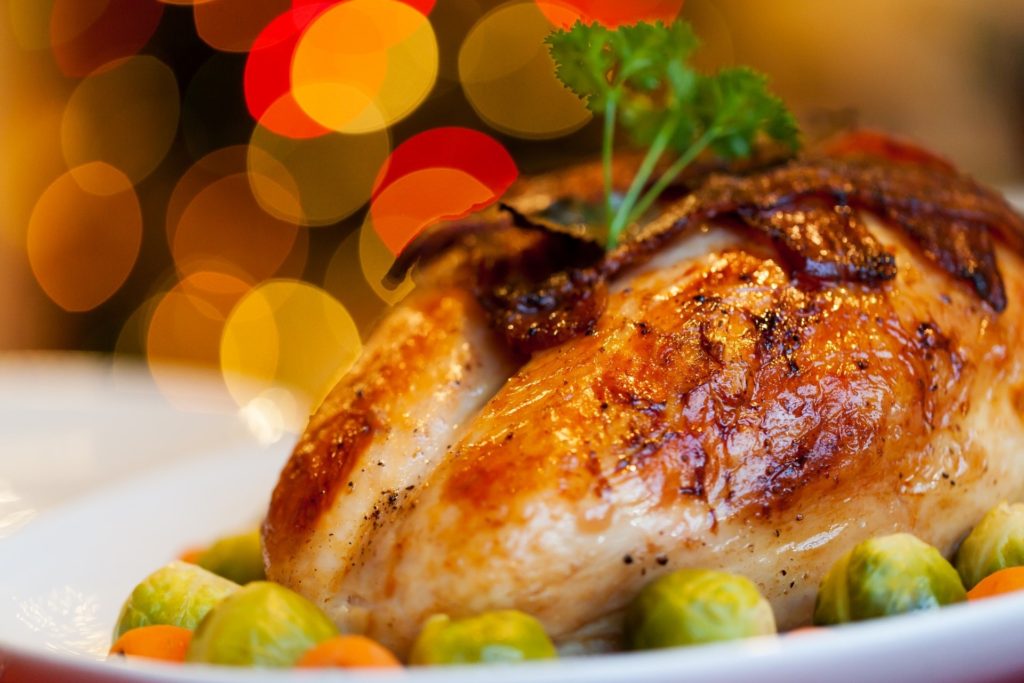The holidays are days of festivities and they are also meant to be shared with family, friends, and close love ones. It is a season to be grateful and reflect on the upcoming year and possible resolutions. It is during this time that it is critical to keep our environmental values close in mind. The usual trimmings of a festive dinner throughout this season are wasteful both for the resources that go into all aspects and courses of the feast and the end products. According to statistics, Americans throw out an average of $277 million worth of food during the holiday season. The amount of wasted food that ends up in our landfill is enormous and is a continuously growing problem within the United States. Here are some ways that we can help reduce food waste and make it possible to be both ethical and eco-conscious:
Go with more veggies this year
Over the years, turkey, ham and poultry are the traditional meats that have made their way into the traditional menus of families across the United States. This year, to provide a more fiscal and environmentally conscious effort, reducing the amount of meat in the meal and supplementing it with vegetarian dishes can help both the host save money and the environment. Poultry, pork, and meat are collectively the largest producer of methane in the United States and the meat, egg, and dairy industry produce 65% of worldwide nitrous oxide emissions. By making the switch to vegetarian entrees, you can avoid contributing to the harmful emissions left as a residual consequence in the atmosphere
Compost
There is a lot of work that goes into planning and preparing for a family dinner. The food scraps that result from the preparations are quick to be landfilled, but there is a more environmentally conscious solution to these food scraps. Composting them is the most effective and inexpensive way to compost food scraps. Approximately only about 3% of food scraps in the United States are composted. All the uneaten food and food scraps that go into landfill account for nearly 25% of the methane gasses produced in the United States. To avoid contributing to the harmful gasses already emitted annually in the environment, here is a helpful reference list to what is compostable that typically is landfilled otherwise.
Leftovers
After all the festivities have reached their end, you will likely be trifled with the issue of leftovers, thus creating more food waste. Creating a way to reduce leftovers is one of the most effective ways of reducing the amount of food waste generated during the holiday season. Using the Guest-imator, created by the Save the Food campaign, this algorithm determines how much food you will need to purchase to limit and reduce the amount of food waste created while still being a generous host to your guests. This is one of the most effective way of reducing food waste at the source. Should the situation arise when there is a excess amount of food leftover, it is best to view these leftovers as a culinary adventure to get creative with them. With leftovers, the possibilities are endless, but the main objective is to reduce the amount of food going to landfill. Food waste is a recurring issue in the United States but taking the proper measures to help prevent food waste in landfills, it is possible to combat this issue.
Use To-Go containers
If you plan to have a dinner with your loved ones, ask them to bring their reusable container for leftovers. The food can go to other family members, loved ones, or given to those whom you personally know would appreciate a home cooked meal. In California alone, 1 in 6 people struggle with hunger and food insecurity. Taking leftovers home and using reusable containers can help close this gap.

